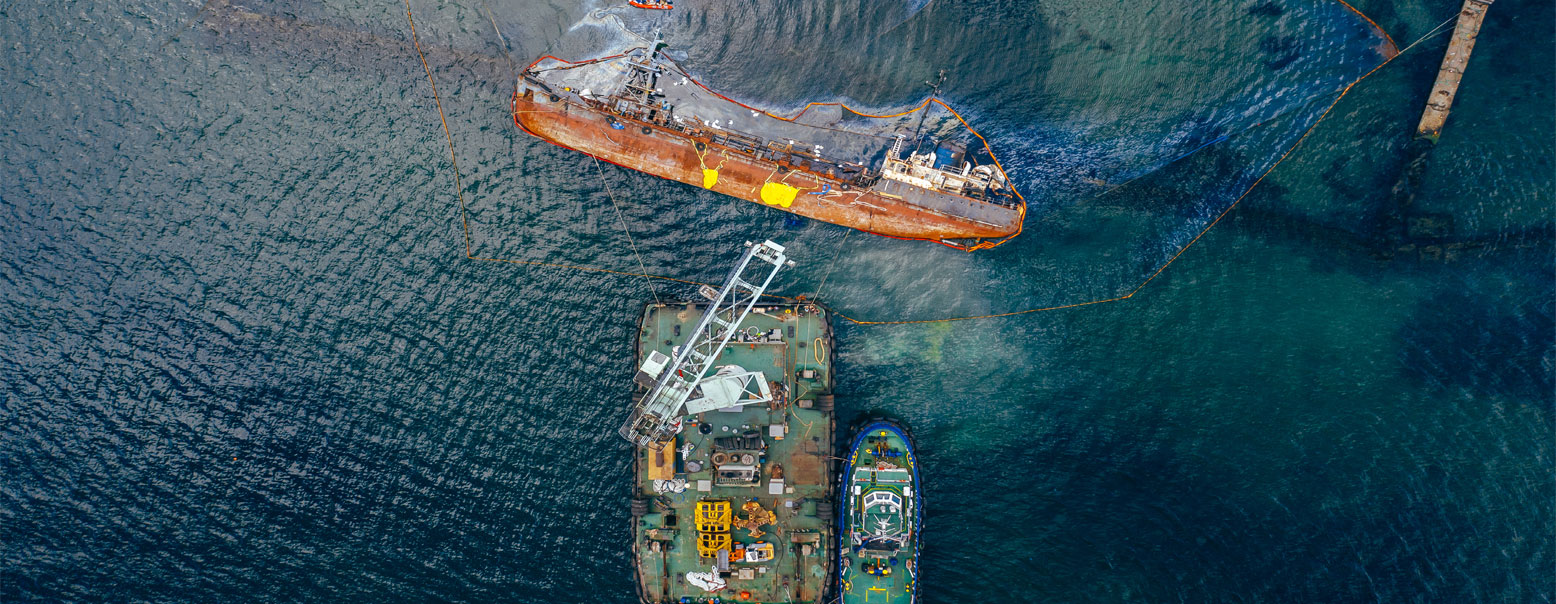Balancing Progress and Preservation – Unraveling the Ecological Consequences and Solutions of Dredging in Water Ecosystems
Dredging, the process of removing sediment and debris from the bottom of water bodies, is crucial in maintaining navigable waterways, preventing flooding, and supporting various infrastructure projects. However, this practice can have significant environmental consequences if not managed sustainably. In this article, we will delve into the environmental impact of dredging and explore sustainable practices that can mitigate its adverse effects.
The Environmental Impact of Dredging:
Habitat Disruption:
Dredging can disrupt aquatic habitats, affecting the delicate balance of ecosystems. The removal of sediments and alteration of underwater terrain can lead to the destruction of breeding grounds for fish and other aquatic species, threatening biodiversity.
Water Quality Issues:
Dredging can stir up sediments, releasing contaminants into the water. This can result in decreased water quality, impacting aquatic life and potentially posing risks to human health. Sediment resuspension can also lead to increased turbidity, which affects light penetration and photosynthesis in marine plants.
Sediment Disposal:
Disposing of dredged materials can pose challenges. If not handled properly, the materials removed during dredging may contain pollutants that harm the environment. Dumping dredged sediments inappropriately can lead to contamination of nearby ecosystems and threaten the health of aquatic organisms.
Altered Flow Dynamics:
Dredging alters the natural flow dynamics of water bodies, potentially causing erosion and changes in sediment transport patterns. These alterations can impact the stability of riverbanks and shorelines, leading to habitat loss and increased vulnerability to storms and other natural disasters.
Sustainable Dredging Practices:
Dredged Material Management:
Implementing proper dredged material management is essential for sustainable dredging. Instead of indiscriminate disposal, efforts should be made to reuse dredged materials beneficially. These materials can be repurposed for land reclamation, habitat restoration, or as construction materials, reducing the need for extraction from natural resources.
Dredging Technology Advancements:
Technological innovations can contribute to minimizing the environmental impact of dredging. Precision dredging equipment and real-time monitoring can help reduce the disturbance to aquatic habitats and optimize the efficiency of the dredging process.
Environmental Impact Assessments (EIA):
Conducting thorough Environmental Impact Assessments before initiating dredging projects is crucial. These assessments help identify potential environmental risks and allow for the development of mitigation measures. Collaboration with ecological experts can ensure that dredging projects are designed and executed with minimal harm to ecosystems.
Habitat Restoration and Enhancement:
Integrating habitat restoration and enhancement projects into dredging plans can offset the negative impacts. Creating artificial reefs, establishing new habitats, and replanting aquatic vegetation can help restore ecological balance and support the recovery of affected ecosystems.
Conclusion:
Dredging is necessary for maintaining waterways and supporting infrastructure development, but its environmental impact must be addressed. Adopting sustainable dredging practices is vital to ensure the long-term health of aquatic ecosystems. We can balance human needs and preserve our precious water environments by incorporating innovative technologies, proper material management, and a commitment to environmental stewardship. Through these sustainable practices, we can pave the way for a more harmonious coexistence between human development and the natural world.
